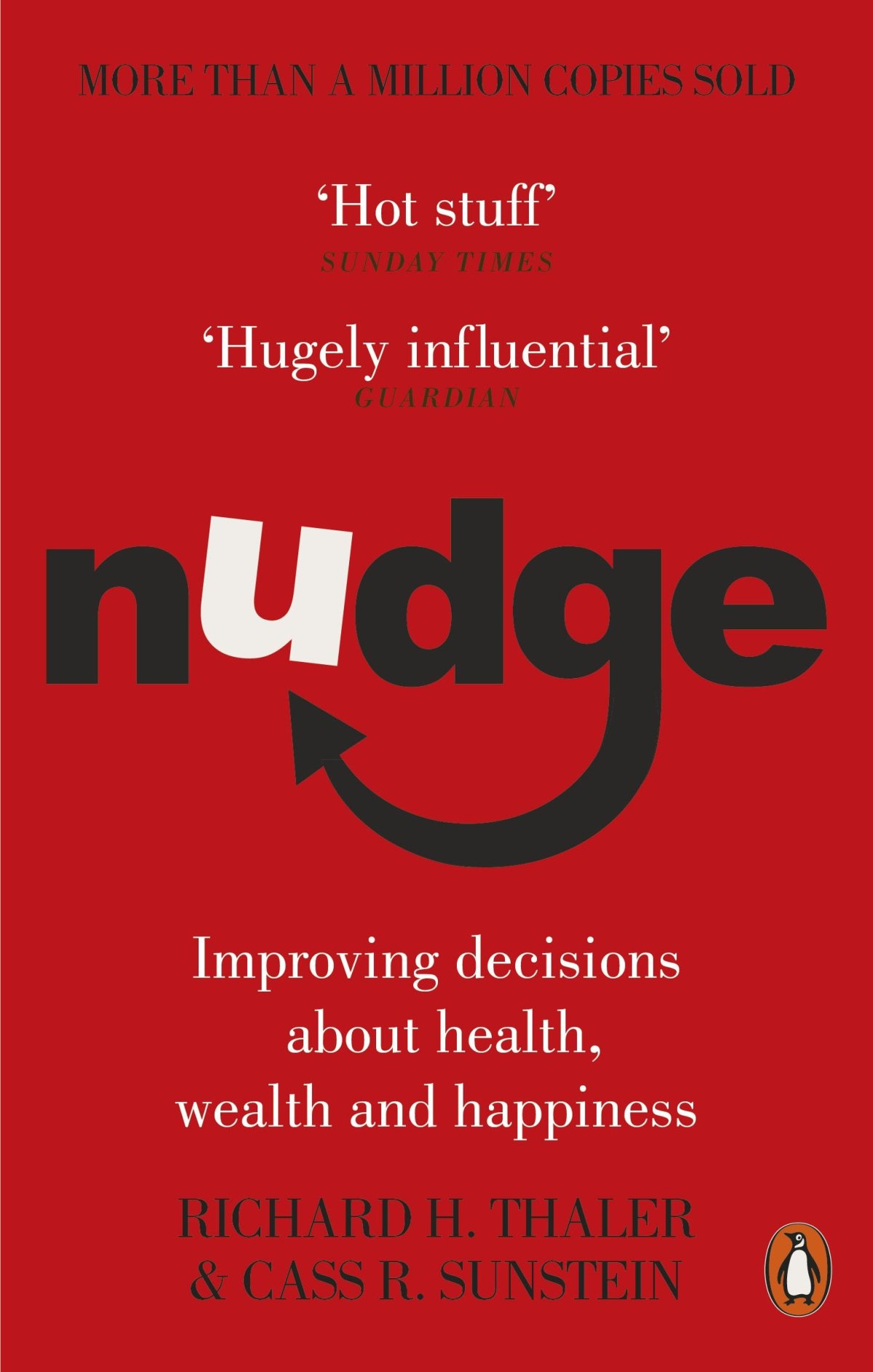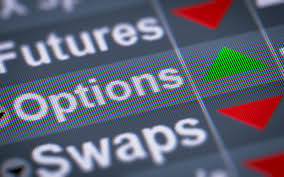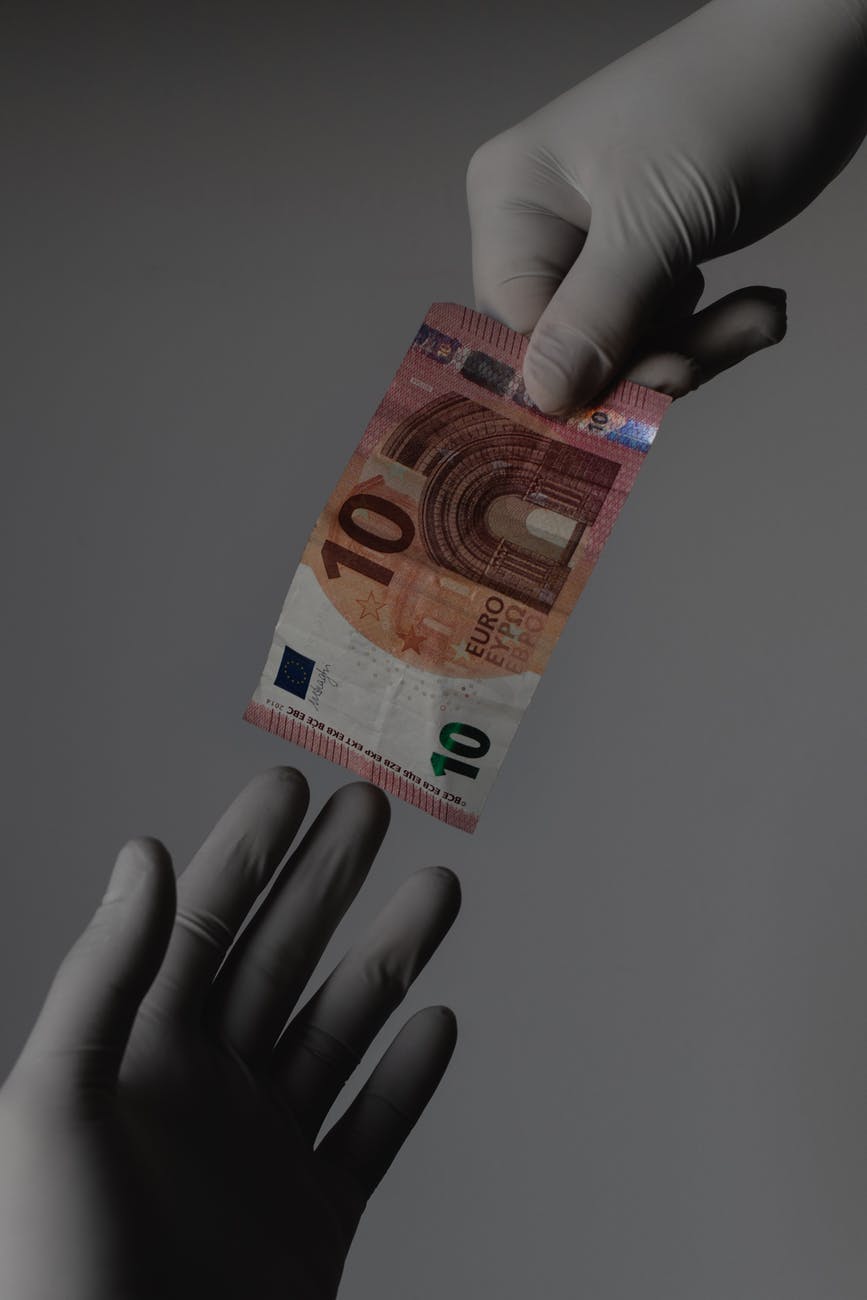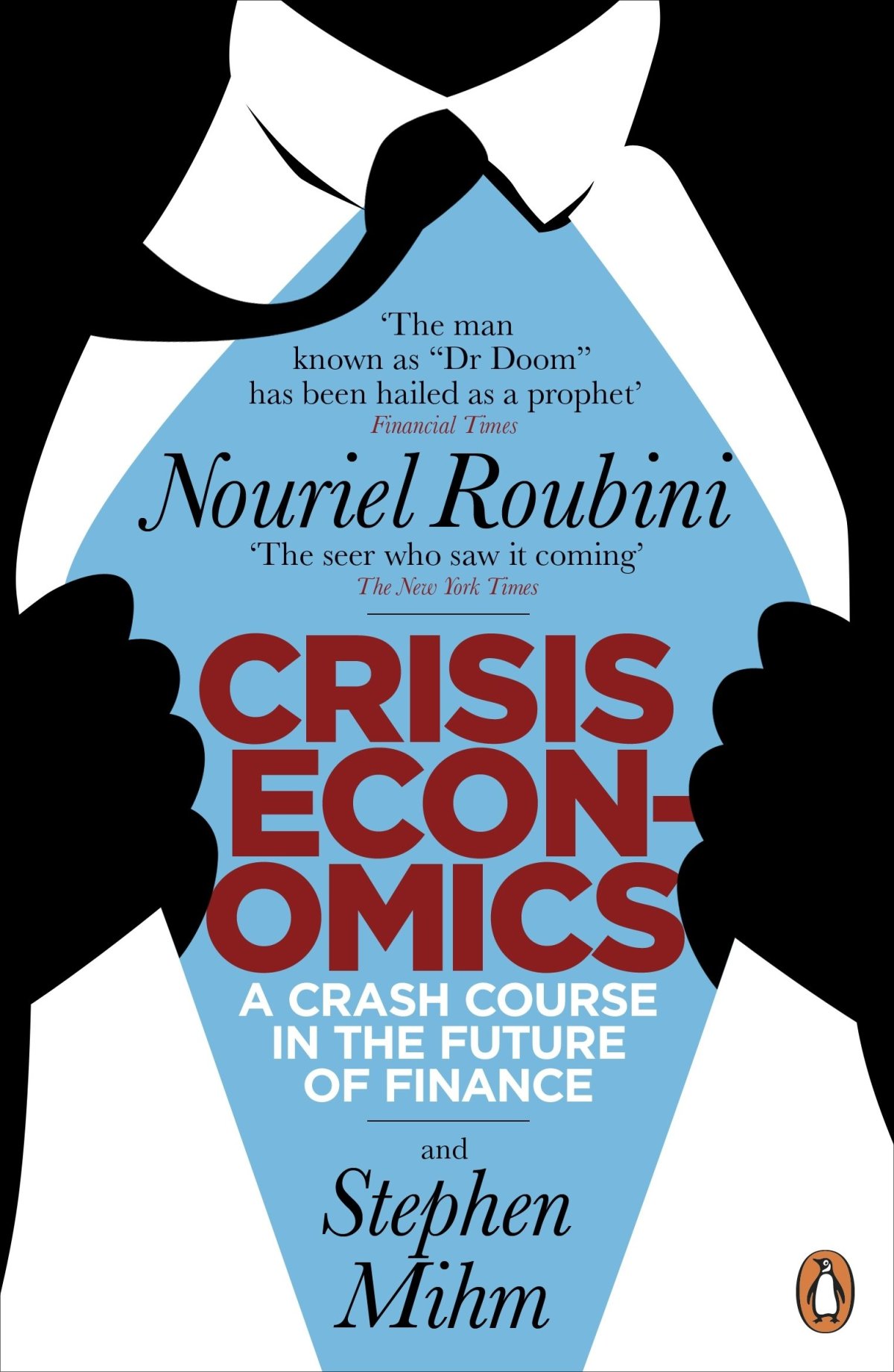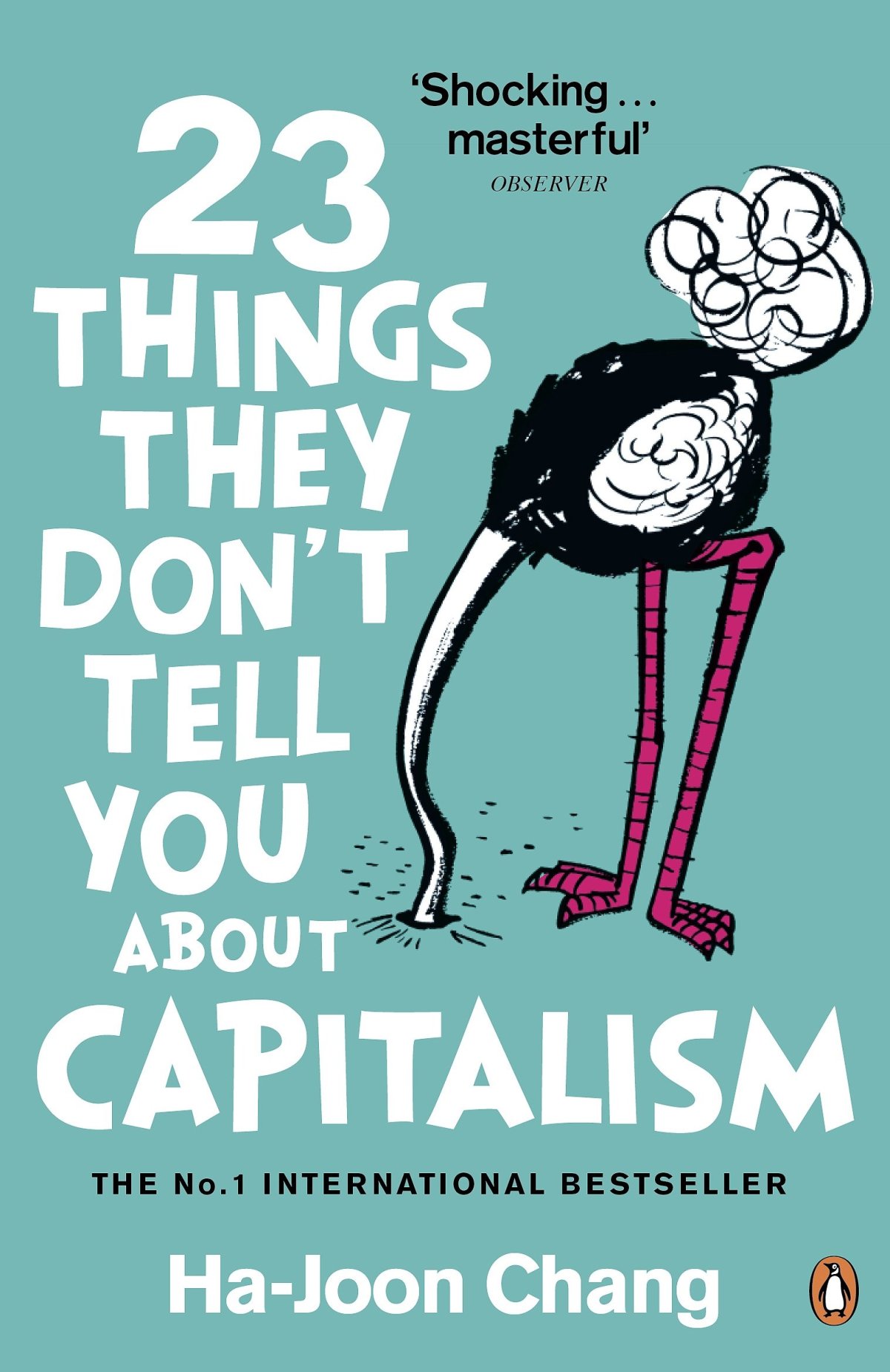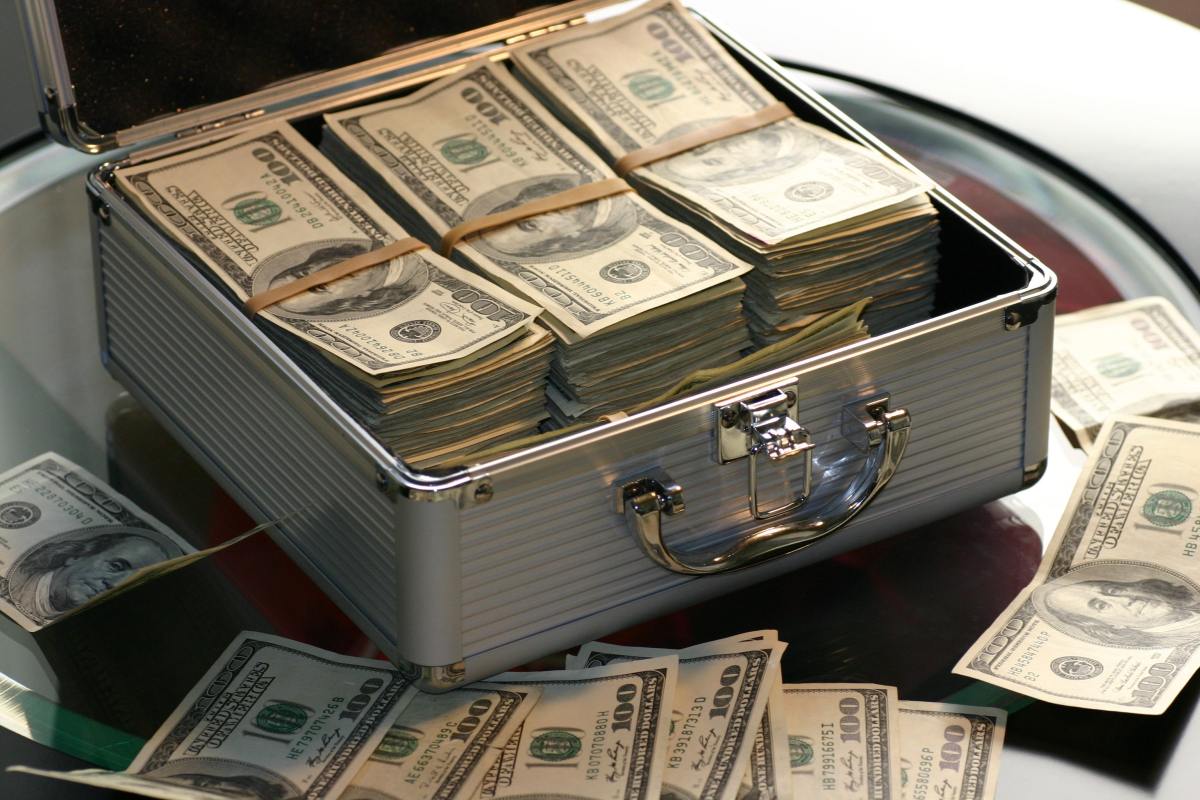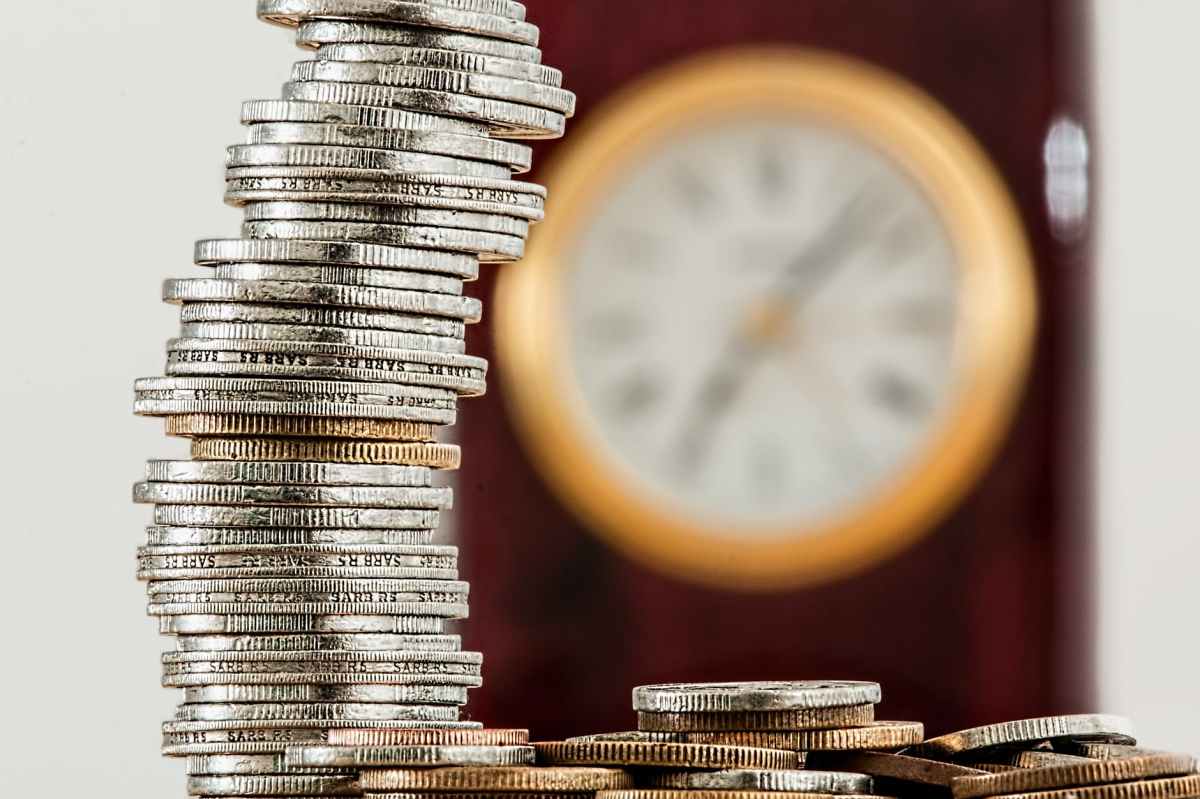This week, we are reviewing ’Nudge: Improving Decisions about Wealth, Health, and Happiness’, by Richard Thaler and Cass Sunstein. The book’s influence has been widespread; following its publication, David Cameron created a Behavioural Insights Unit (appropriately nicknamed the “Nudge Unit”) in order to tap into the potential of behavioural sciences within public policy.
Thaler and Sunstein have penned a very readable and fascinating book in ‘Nudge: Improving Decisions about Wealth, Health, and Happiness ‘. The book uses punchy examples throughout to illustrate how ‘small and apparently insignificant details can have major impacts on people’s behaviour’. This inevitably means that choice architecture – the context within which humans make decisions – can play a pivotal role in steering people ‘the right way’. Choice architects can then harness the power of nudges, for better or worse.

The book relies upon a central doctrine: libertarian paternalism, which advocates the preservation of liberty (i.e. any nudging critically maintains freedom of choice) while maintaining that it is legitimate for choice architects to influence choices that make people “better-off” (in the architect’s opinion). The ethical base of this is that choice architecture is inevitable; in the absence of nudging, there will still always be some context that will influence decisions. It therefore makes sense to modify the architecture and present the same incentives, in order to combat any ill effects.
The book then treads over familiar ground by critiquing the fallible ‘homo economicus‘ assumption. Humans do not always possess full information, nor are they equipped with unlimited cognitive ability to process it. Homo economicus would never be affected by nudges, but homo sapiens will.
Below is a brief explanation of a handful of Thaler and Sunstein’s ideas:
- The power of the default: humans take the “path of least resistance” and usually pick the easy and uncomplicated option, rather than the complex and difficult one. Humans also have a tendency, therefore, to stick with the default (inertia). A good libertarian paternalist can remind humans to make a decision, before setting a default by considering what a thoughtful human would want.
- The three human heuristics (from Kahneman and Tversky): humans regularly use heuristics, which are shortcuts that help us understand the world. These heuristics are prone to biases, which can be exploited.
- Anchoring: something’s perceived value can be adjusted by introducing a human to a known fact that could well be irrelevant. A study asked two questions: “How happy are you?” and “How often are you dating?”. When asked in this order, there was little correlation between the answers, yet when the order was reversed, the correlation was much higher!
- Availability: humans are more influenced by events that are more available (that spring to mind easily). This could be an event that was more recent or tragic.
- Representativeness: humans are too reliant on stereotypes that have arisen from experience.
- Optimism: humans chronically err on the side of optimism, particularly with respect to our ability to achieve things. E.g. 90% of drivers think that they are above average, which is mathematically impossible!
- Framing: the lens with which a fact is viewed dramatically influences decision-making, through the plenary effects of anchors and loss aversion. A drug that causes 10 out of a 100 patients to die sounds far more sinister (initially) than a drug which has a 90% success rate.
- Loss aversion: losing something is far more valuable than gaining it (An infamous example from prospect theory literature is that the pain from losing $1000 is only equivalent to the pleasure of earning $2000.)
Thaler and Sunstein have provided a stunning introduction to the fascinating world of behavioural economics. There are definite constraints to the power of nudging: in a constantly-changing world of different variables, nudges cannot be relied upon for unyielding returns.
Perhaps more importantly, whose right is it to decide what is best for another person? Naturally, the book nudges you to answer: a body whose incentive is directed towards a socially optimal scenario. The applications of behavioural economics within public policy messaging are endless, which is best exemplified by the government’s messaging during the COVID-19 pandemic. Therefore, whether one agrees with ‘libertarian paternalism’ or not, one cannot deny its influence on the policymaking sphere.
